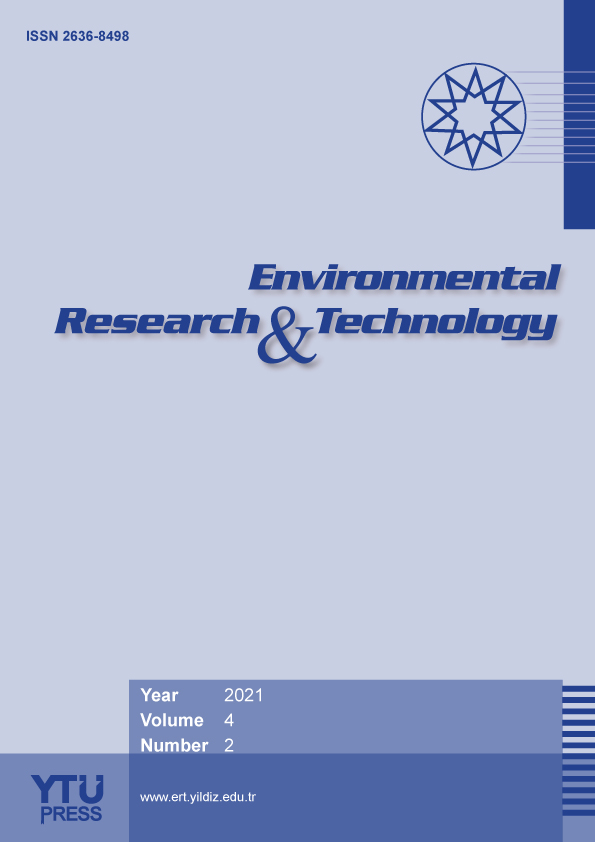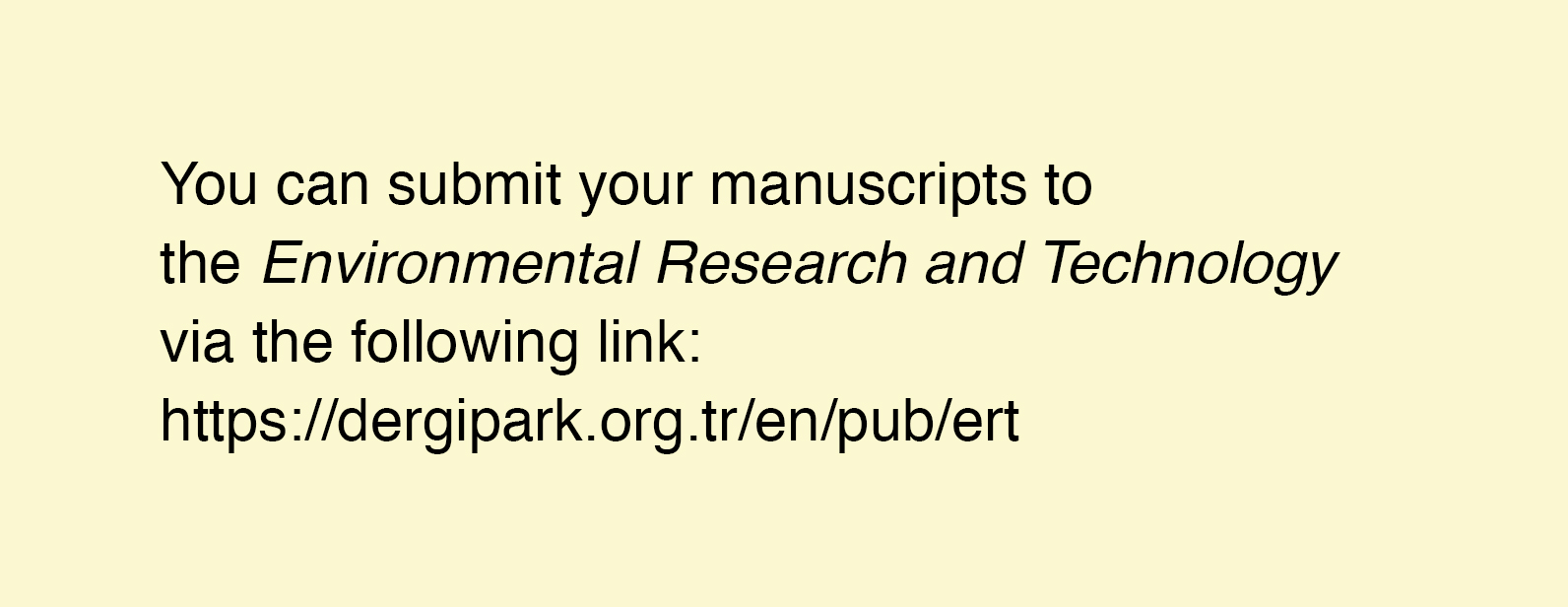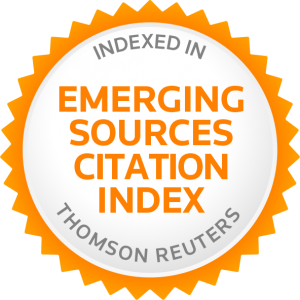2Eskişehir Technical University, Faculty of Engineering, Department of Environmental Engineering, İki Eylül Campus, Eskişehir, TURKIYE
Abstract
Persistent organic pollutants (POPs) are a group of hazardous chemicals that have persistent, bio accumulative and toxic properties regulated under Stockholm Convention (SC). This study was to a large extent focusing on selecting the appropriate treatment/disposal technologies for environmentally sound disposal of POPs in compliant with SC obligations. For this purpose, five different technologies were evaluated by Analytic Network Process (ANP) and PROMETHEE methods which are the most well-known Multi Criteria Decision Making (MCDM) methods. These technologies are incineration, base-catalyzed decomposition (BCD), gas phase chemical reduction (GPCR), pyrolysis/gasification and plasma arc. Eleven criteria by means of benefit, cost and risk were used for evaluation. Incineration was found as the preferred alternative for both methods (34 % for ANP and +0.41 for PROMETHEE). The second option for ANP and PROMETHEE was plasma arc (24%) and pyrolysis/gasification/ (+0.23), respectively. Although the results were slightly different for two options, this difference is due to the mathematical differences between the methods.











